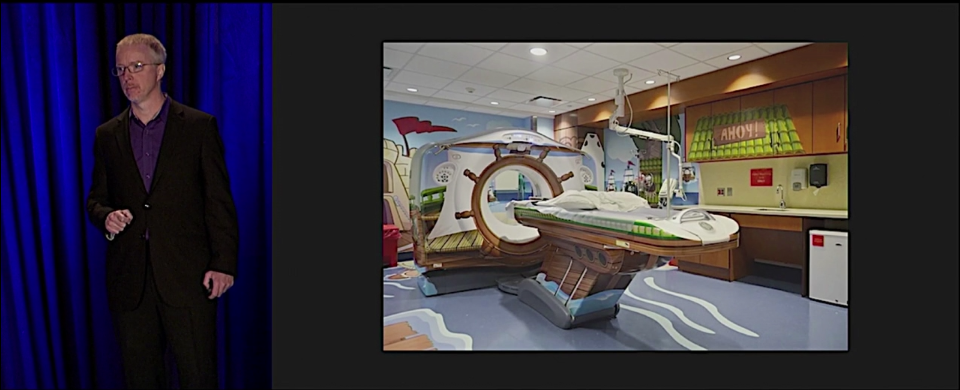A Newwwyear Livestream
Published 7 years, 11 months pastAfter I announced my newwwyear plans, a couple of people pinged me to ask if I’d do a Google Hangout or some such so that people could follow along as I live-redesign meyerweb in production. And I thought, that sounds like the nerdiest Twitch stream ever, but what the heck, why not?
So! I’m going to livestream at least part of my process over on YouTube Live, spread over a few days. I picked YTL over Twitch because YouTube will archive the streams to my channel, whereas Twitch only holds onto them for 14 days, and one of my weaknesses is that I’m a data hoarder — I hate to throw away anything digital. So I’ll keep copies on someone else’s computer.
During the stream, I’ll keep up a running commentary on what I’m doing and why. This sounds artificial, but honestly, I talk to myself a lot as I work anyway. I’ll also have the YouTube Live chat window open so people can ask questions about why I do what I do, and I’ll do my best to answer. Or, you know, we can talk about the latest Star Wars movie or whatever. I’m not going to put too many limits on it other than A) keep the language professional, since kids starting out in web design might join in; and B) treat everyone in the chat with respect.
My guess is any given stream session will be two hours, tops. My tentative schedule is:
- December 26th (today!) starting around 2000 UTC (3:00pm EST, 12:00n PST)
- December 27th, 1830 UTC (1:30pm EST, 10:30am PST)
- December 28th,
1900 UTC (2:00pm EST, 11:00am PST)1500 UTC (10:00am EST, 7:00am PST) - December 29th, 1500 UTC (10:00am EST, 7:00am PST)
I don’t have a specific structure for how I’m going to approach this, other than: first I turn off all site-wide styling and put up a note about it, maybe add a few very minimal styles, rework the page structures to be sane without CSS, then start building up a new design. I have no idea how long each part of that sequence will take (except the “remove site-wide styles” part, that’ll take a few seconds). But there isn’t a scheduled “Typography Day” or what-have-you: I’ll probably go wandering off on tangents, riffing on happy accidents, fiddling with stuff as I notice it and it bugs me, etc., etc. In other words, how I normally work.
If any of this sounds interesting to you, please join in! I’ll do my best to announce start times with an hour or so lead over on Twitter, and as comments on this post.



